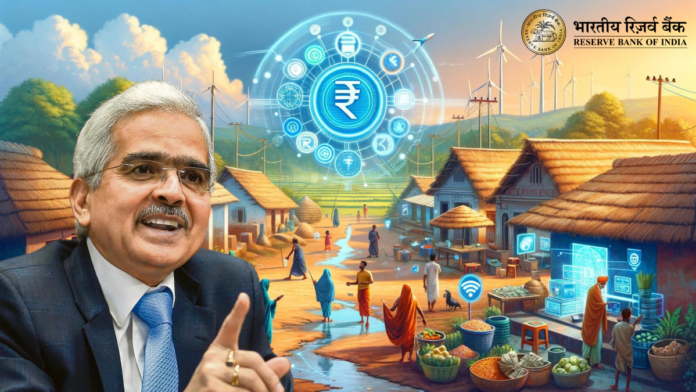Reserve Bank of India (RBI) Governor Shaktikanta Das recently announced that the central bank is set to explore innovative offline solutions to enhance the adoption of its Central Bank Digital Currency (CBDC), known as the digital rupee, especially in India’s remote areas with limited or no internet access. This initiative, aimed at broadening the digital currency’s reach, will involve assessing various offline transaction methods suitable for diverse environments, including rural, urban, and hilly regions. The announcement was made during a Monetary Policy Committee review meeting on February 8, as reported by the Press Trust of India.
To facilitate transactions in connectivity-challenged locales, the RBI plans to introduce offline functionalities to the CBDC-R (retail digital rupee), with a phased implementation through pilot programs. The digital rupee currently supports person-to-person (P2P) and person-to-merchant (P2M) transactions via digital wallets provided by participating banks in the pilot phase.
The concept of enhancing CBDC with offline capabilities was first mooted in March 2023 by Ajay Kumar Choudhary, RBI’s Executive Director. He outlined the central bank’s aspirations to evaluate the digital rupee’s efficacy in cross-border transactions and its integration with legacy financial systems in other nations.
Despite the digital rupee’s ongoing development for offline use, India already boasts robust payment infrastructures like the Unified Payments Interface (UPI), which already includes offline features. According to Siddharth Sogani, CEO of Crebaco, a blockchain analytics firm in India, while CBDCs offer an alternative payment solution, their primary goal aligns with the government’s objective of enhancing monetary oversight and moving towards a cashless economy.
The RBI initiated a pilot for the retail CBDC in December 2022 and successfully reached a milestone of one million daily transactions by December 2023. The move towards CBDCs is driven by various factors across different economies, with a common focus on financial stability and improving the efficiency of cross-border payments. For developing nations like India, an additional aim is to boost financial inclusion, leveraging the potential of digital currencies to reach underserved populations.




